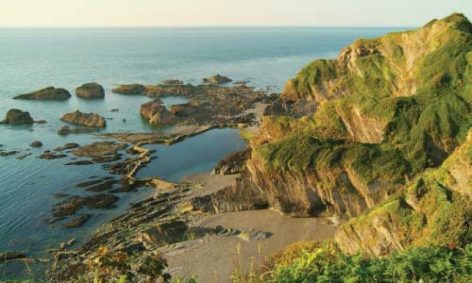Hand carved by welsh miners in 1820, the Tunnels were one of the UKs earliest premier tourist attractions and a key historic site in the AONB. The development of the Tunnels marked Ilfracombe’s heyday as a Georgian mecca for the rich and famous – a resort boasting cold, warm and hot seawater pools at its seaside and bathhouse.
Although only one of the three tidal pools is still complete, it’s a great place for swimming, rockpooling and wildlife spotting. There’s a great history resource with lots of photos and notices, the latter to ensure the Victorians ahered to the correct etiquette! For lots more information visit the Tunnels Beaches website.
History
Further and wider tunnels were created to allow the wealthy direct access to the beaches in their carriages, with separate gentlemens and ladies swimming pools at the seaside and heated pools of seawater in the luxurious bathhouses.
The Tunnels Beaches were also visited by Victorian Naturalist Philip Henry Gosse who move to Ilfracombe in 1852.





















